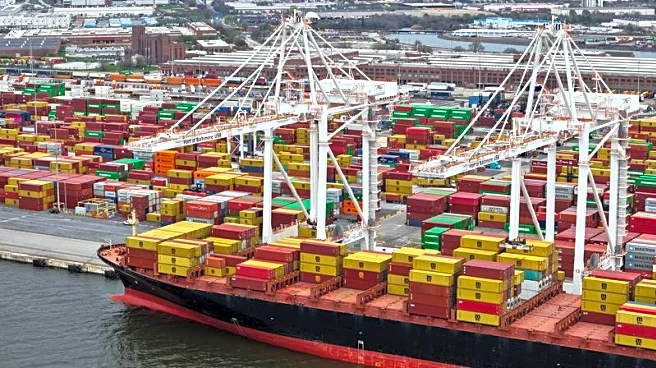What's Happening?
Bangladesh's exports of trousers and shorts have decreased by 9.6% from January to September, primarily due to reduced demand in Europe and North America. The decline is attributed to slower retail sales, inflationary pressures, and cautious buying by fashion
brands amid geopolitical uncertainty. Despite the drop, Bangladesh has slightly increased its market share in North America as buyers diversify sourcing away from China.
Why It's Important?
The decline in Bangladesh's apparel exports reflects broader economic challenges affecting global trade. The situation impacts Bangladesh's economy, which relies heavily on garment exports. The shift in sourcing patterns, with buyers moving away from China, could benefit Bangladesh in the long term. The U.S. market's constraints due to tighter consumer budgets and rising tariffs highlight the interconnectedness of global economies and the impact of trade policies.
What's Next?
Bangladesh may need to adapt its export strategies to address changing market dynamics. Diversifying markets and improving competitiveness could help mitigate the impact of declining demand. The situation may prompt discussions on trade policies and their effects on developing economies. The global fashion industry may continue to face challenges, influencing supply chain decisions and consumer behavior.
Beyond the Headlines
The decline in exports underscores the vulnerability of developing economies to global economic shifts. The situation highlights the need for sustainable trade practices and the importance of economic resilience in the face of geopolitical uncertainties.















